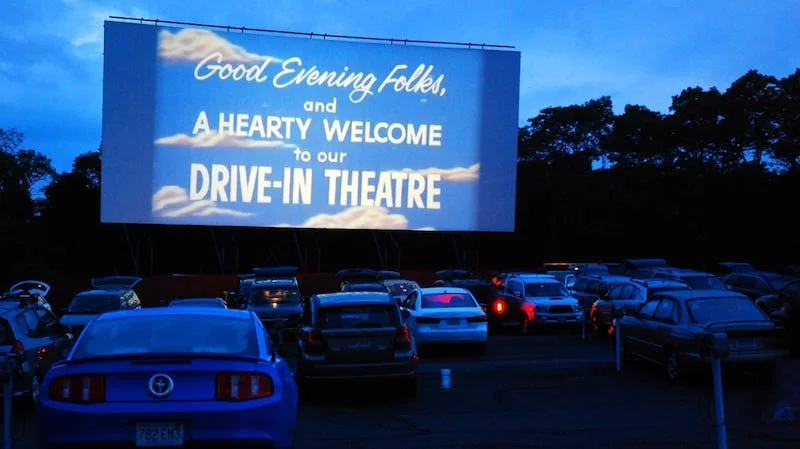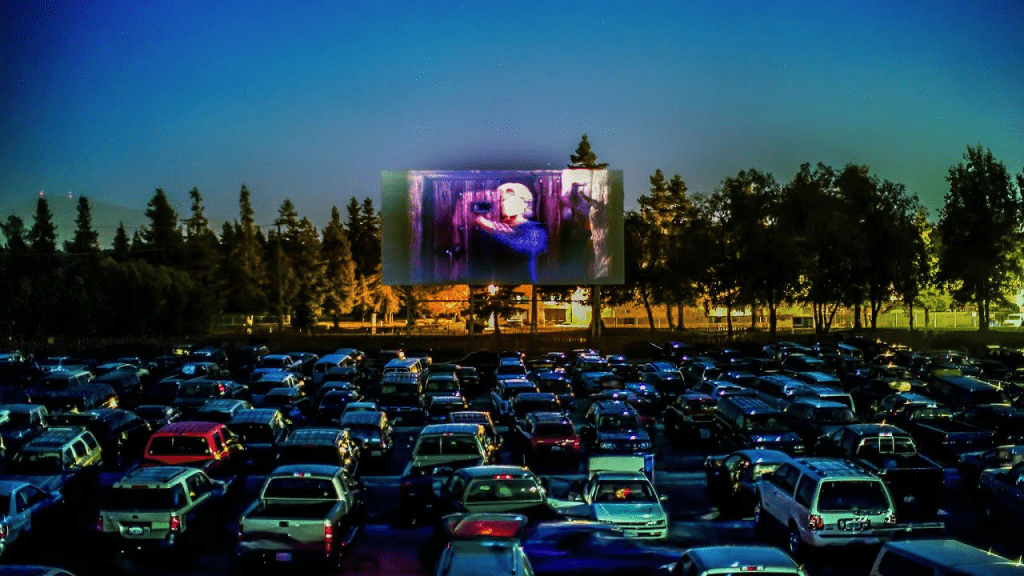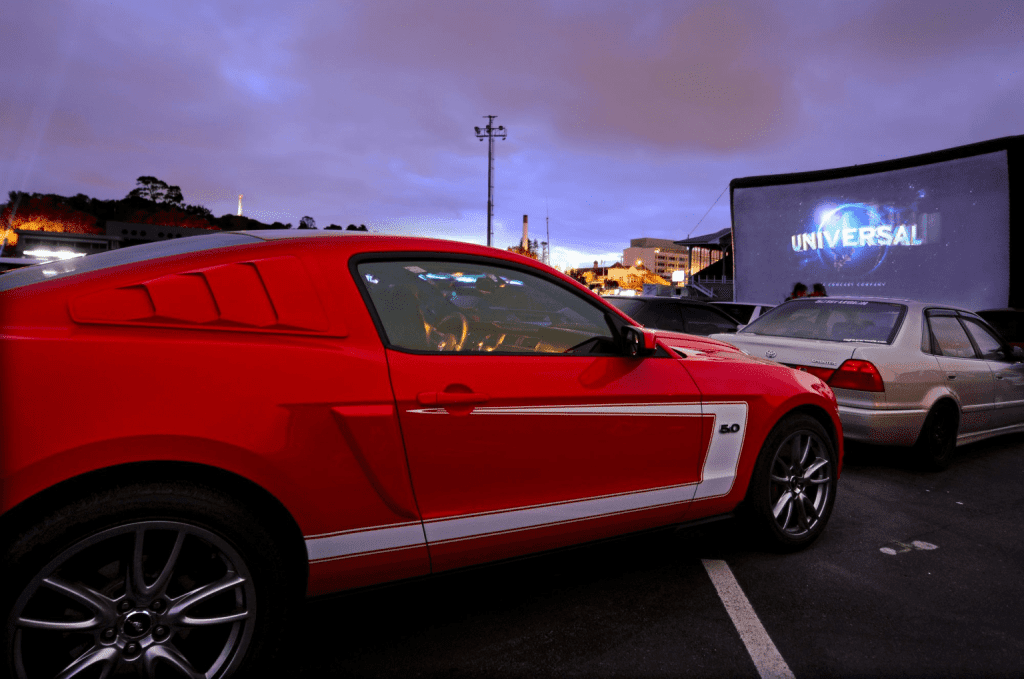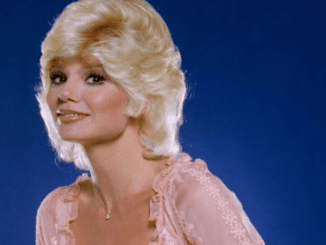Drive-in movie theaters hold a unique place in the history of American entertainment. Once an emblem of leisure and family outings, they allowed people to watch films from the comfort of their cars, combining the magic of the big screen with the open sky. Although drive-ins experienced a sharp decline due to changes in technology and lifestyle, they’ve seen a resurgence in recent years. Let’s explore the history of these classic venues, their peak, their decline, and where you can still find them today.

The Birth of Drive-In Movie Theaters
The concept of outdoor movie screenings dates back to the early 1910s, but it wasn’t until June 6, 1933, that the first official drive-in theater opened in Camden, New Jersey. Richard Hollingshead, an enterprising car enthusiast, came up with the idea as a way to help his mother, who found traditional theater seats uncomfortable. By projecting a movie onto a screen outside, people could enjoy films from their cars, allowing them more personal space and comfort.
Hollingshead’s drive-in theater was an immediate success. He advertised it as a family-friendly destination where parents didn’t have to worry about noisy kids disrupting others. For just 25 cents per car and an additional 25 cents per person, families could park and enjoy the show together. Hollingshead’s innovative concept laid the foundation for a cultural phenomenon that would take the nation by storm.
The Golden Age of Drive-Ins: 1950s and 1960s
The 1950s and 1960s were the golden years of drive-in theaters. By this time, there were over 4,000 drive-ins scattered across the United States, mostly in rural areas where land was plentiful and inexpensive. They became popular for a variety of reasons:
- Affordable Family Fun: Drive-ins provided a budget-friendly way for families to spend an evening together. Parents could bring children, snacks, and even pets, making for a convenient and relaxed outing.
- Teen Hangouts and Date Nights: Drive-ins also became prime destinations for teenagers. The privacy of a car made it an ideal setting for date nights, allowing couples to enjoy a movie under the stars.
Drive-in theaters offered double features, playgrounds, and even snack bars, enhancing the experience beyond just watching a movie. They served as social hubs where people of all ages gathered to enjoy the latest Hollywood blockbusters.
Challenges for Drive-Ins: The Decline in the 1970s and 1980s
Despite their widespread popularity, drive-in theaters began to face significant challenges in the 1970s. A combination of factors contributed to their decline:
1. Technological Advancements in Home Entertainment
- The introduction of the VCR allowed people to watch movies at home, reducing the appeal of drive-ins. As home entertainment systems became more affordable and advanced, the need to go out to a drive-in dwindled.
2. Oil Crisis and Economic Constraints
- The oil crisis of the 1970s led to rising gas prices, prompting people to switch to smaller cars, which were less comfortable for watching movies. Additionally, the economic downturn meant families had less disposable income to spend on entertainment.

3. Weather Limitations and Land Costs
- Drive-ins are heavily dependent on weather, limiting their operating season in many parts of the country. Additionally, as suburban development expanded, the large plots of land required for drive-ins became valuable for commercial and residential projects. Many drive-in owners chose to sell their properties, which were often worth more than the business itself.
The Rise of Exploitation Films and Changing Audience Perceptions
As the traditional drive-in audience declined, theater owners sought to attract new crowds by screening exploitation films, horror movies, and even adult content during late-night showings. While these films provided a temporary boost, they also changed the family-friendly image that drive-ins had once cultivated. This shift further alienated families and contributed to the decline in popularity.
Drive-In Theaters Today: Nostalgia and Modern Adaptations
Though drive-ins are far less common than they once were, they’ve recently experienced a resurgence. Today, there are over 300 drive-in theaters still in operation across the United States, with states like Ohio, New York, and Pennsylvania hosting some of the highest numbers. These theaters have adapted in unique ways to meet modern needs:
- Double Feature Nights: Many drive-ins now offer double feature screenings, combining classic films with newer releases to appeal to a broader audience.
- Enhanced Amenities: Concession stands serve classic movie snacks like popcorn and soda, while some theaters even offer pizza, burgers, and other hot foods. Additionally, many modern drive-ins include playgrounds for kids, allowing families to enjoy a night out with added convenience.
- Events and Special Screenings: Drive-ins have become popular locations for special events, such as horror movie marathons during Halloween, classic film nights, and community events. Some even partner with local businesses for car shows or flea markets, creating a nostalgic experience for attendees.
Where to Find Drive-In Theaters in the U.S. Today

Despite the challenges, several drive-in theaters have managed to survive, each offering a unique experience for movie lovers. Here are a few notable examples across different regions:
Northeast
- Shankweiler’s Drive-In Theater – Orefield, Pennsylvania
- Delsea Drive-In Theatre – Vineland, New Jersey
- Bengies Drive-In Theatre – Middle River, Maryland
Southeast
- Hull’s Drive-In – Lexington, Virginia
- Raleigh Road Outdoor Theatre – Henderson, North Carolina
- Silver Moon Drive-In – Lakeland, Florida
Midwest
- Capri Drive-In Theater – Coldwater, Michigan
- Boulevard Drive-In Theater – Kansas City, Kansas
- Starlite Drive-In Theatre – Mitchell, South Dakota
Southwest
- Admiral Twin Drive-In – Tulsa, Oklahoma
- Coyote Drive-In – Fort Worth, Texas
- West Wind Glendale Drive-In – Glendale, Arizona
West
- South Bay Drive-In Theatre – San Diego, California
- 99W Drive-In – Newberg, Oregon
- Blue Fox Drive-In Theatre – Oak Harbor, Washington
Each of these drive-ins offers a nostalgic experience with a modern twist, allowing audiences to enjoy the drive-in tradition in various parts of the country.
Conclusion
Drive-in movie theaters have had an impressive journey from their inception in the 1930s to their heyday in the mid-20th century, through the challenges of technological and economic changes. Today, while they are fewer in number, drive-ins represent a cherished piece of Americana. They provide a unique and affordable experience, allowing families, couples, and movie enthusiasts to gather under the stars. Whether you’re in it for the nostalgia, the novelty, or the joy of a movie night under the open sky, drive-in theaters continue to offer a one-of-a-kind movie experience.


